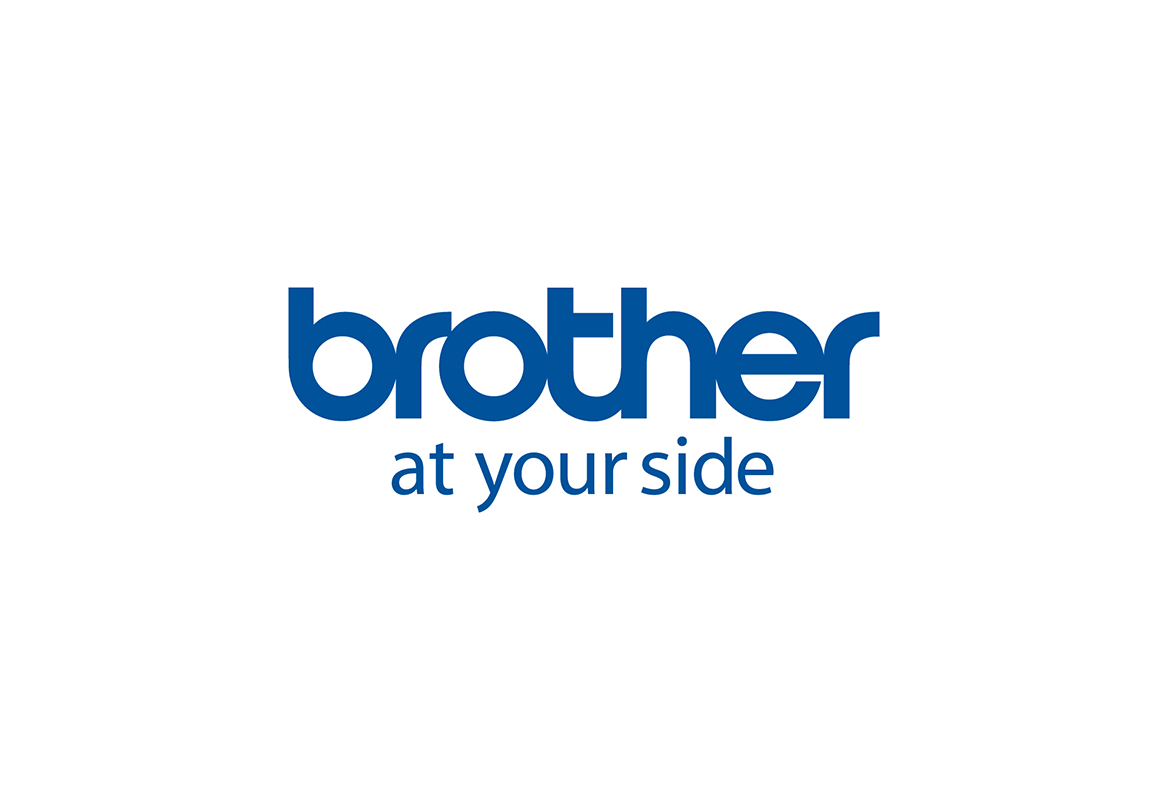
Making sense of Maslow
Despite being complex creatures, we can all be broken down to a relatively simple hierarchy of needs.
US psychologist Abraham Maslow recognised that, despite being complex creatures, we can all be broken down to a relatively simple hierarchy of needs which we require to function and thrive. The balance isn’t always easy to find in modern life, but enlightened leaders – those who encourage empathy, applaud creativity and don’t fear change – recognise that Maslow’s five-stage pyramid of needs can be applied to the workplace.
Starting at the bottom of this pyramid, where the greatest physiological needs sit – like food, water, warmth – it’s all about ensuring the basics are in place. Do you provide these simple needs so people aren’t distracted or unhappy about where they physically spend a large proportion of their day?
Next is security and shelter. In the context of work, we can relate these needs to job security. Is this anxiety hanging over your team? Is this used as a misguided motivational tool? Is there open and effective communication about performance to promote a sense of security?
Friends, family, community sit in the middle layer. These social aspects of work are often the most neglected – particularly for businesses with a largely dispersed workforce. But feeling part of all of these things is crucial. Do you encourage it? How do you cultivate a sense of community?
Second to top is self-esteem. We all need it. And when we do, it makes us more productive, creative and willing to work harder. It’s as simple as rewarding people’s ideas and efforts. It doesn’t always have to be financial – recognition alone can be enough.
Maslow’s topping out ‘need’ is self-actualisation – fulfilment, pursuing creativity, achieving goals. It’s where we all aim to be, but it’s the hardest to reach. All other needs must be met before it can be truly be realised. If not – even in the workplace – we’re unlikely to be truly fulfilled.
Ultimately, businesses can learn a lot by looking to Maslow’s theory as a model for building a happy and productive workforce. But the key is starting at the beginning to reach the end goal. Get the basics right and you’ll be well on your way to creating the foundation you need to ensure your employees remain fulfilled, invested in their jobs, and connected to the people they work with.




